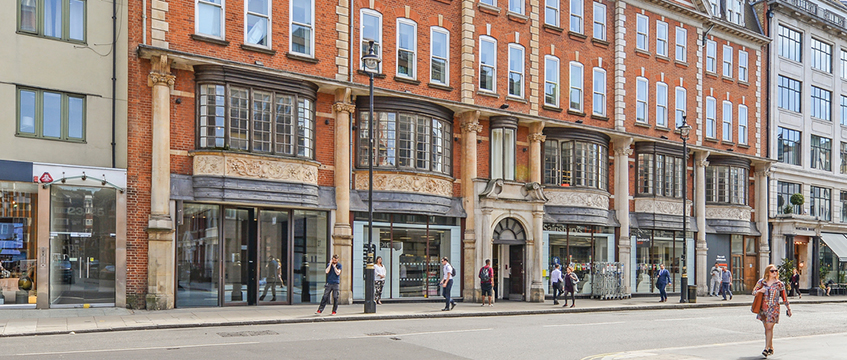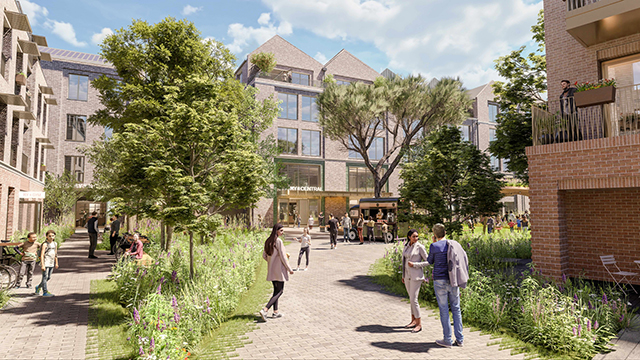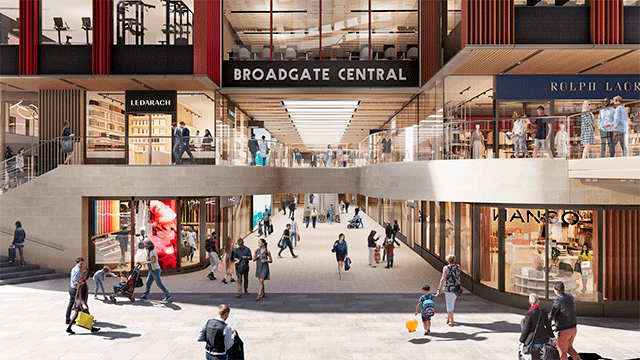by Terry Cunnew
Tenants wanting new offices in Brussels are in for a disappointment — the conclusion of the latest survey of the market by Jones Land Wootton is that, for the first time in over 20 years, there is not a single new building available for occupation in the city.
What is more, only 1,770m2 of post-1980 space is available, and the overall vacancy ratio is now down to just 3.2%.
In such circumstances there is a growing trend for developments to be let or sold off the drawing board, say JLW. Such deals currently include nearly 100,000m2 for the private sector, 50,860m2 for international administrations and 12,750m2 for the Belgian government. Of this space, say JLW, some 70% will be completed and occuped this year.
JLW’s investment partner in Belgium, David Bouch, notes that rents on prelets have topped FrB5,000 a m2 and are set for further growth, which will probably lead in turn to further hardening of the investment market.
A report published by Philippe Hurt and John Travers of Healey & Baker’s Brussels office confirms the picture of a city transformed. Brussels was for so long the epitome of the overbuilt city that it still seems slightly unreal to hear that it now suffers a crucial shortage of new offices. However, H&B’s study of the city’s main office markets confirms that this is indeed the case.
In the prime Quartiers Leopold/Arts-Loi — the largest single office area with an inventory of 3.6m m2 out of the city’s estimated 6m m2 total office floorspace — there is not one new self-contained building available.
However, work is under way on four speculative schemes totalling 23,000m2, while the Tour Madou building is being refurbished to provide 30,000m2.
In the neighbouring Quartier Louise there are again no new self-contained buildings available — the supply of vacant space, estimated to be around 35,000m2, is all in 1960s and 1970s buildings.
The Centre Ville/Quartier Nord area of the city, although it boasts the headquarters of some major Belgian companies along with government ministries, has not traditionally attracted the international interest which the other central quartiers have seen. Even so, the story there is the now familiar one — no new buildings available and all the current supply of some 12,000m2 concentrated in buildings dating from the 1960s and 1970s.
What is more, the tenant wanting new space will not even be able to find it in the decentralised areas of the city. According to the H&B survey, there is nothing new available there, and the supply of secondhand space stands at only 15,000m2, or about 3.5% of the total suburban stock.
The pressure on rents has been such that deals at FrB6,000 a m2 have been achieved in Quartier Leopold, but Healey & Baker make the point that, even so, Brussels rents remain low by international standards — with the result that they do not foresee tenant resistance to further rises.
For the office investor, Brussels now looks highly attractive, with good prospects of strong rental growth. Among foreign investors, the Dutch are again active in the market, but H&B say that they have yet to see signs of a reawakening of British interest.










